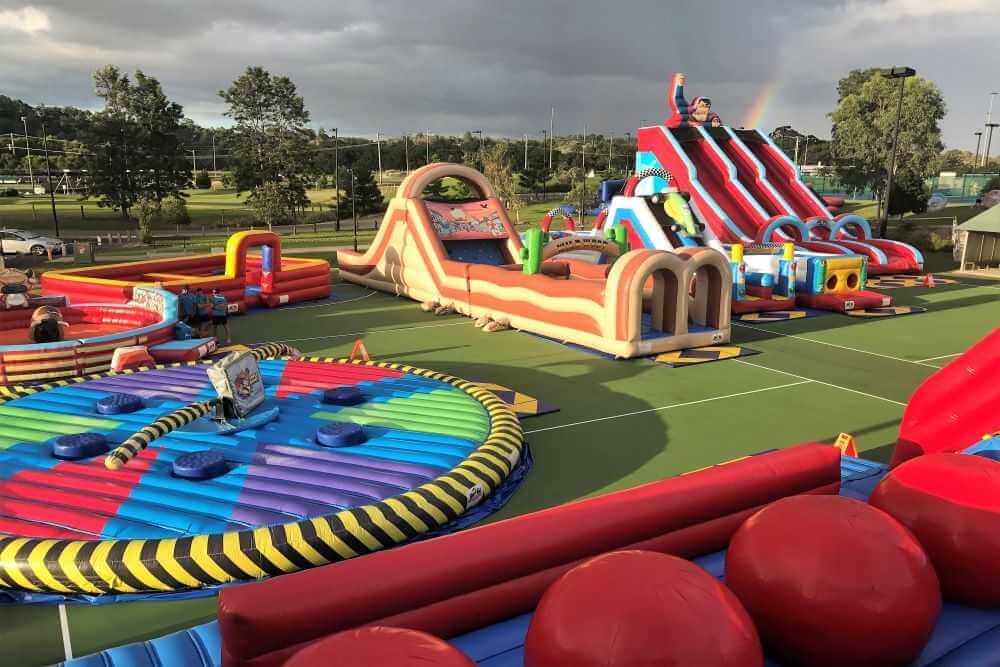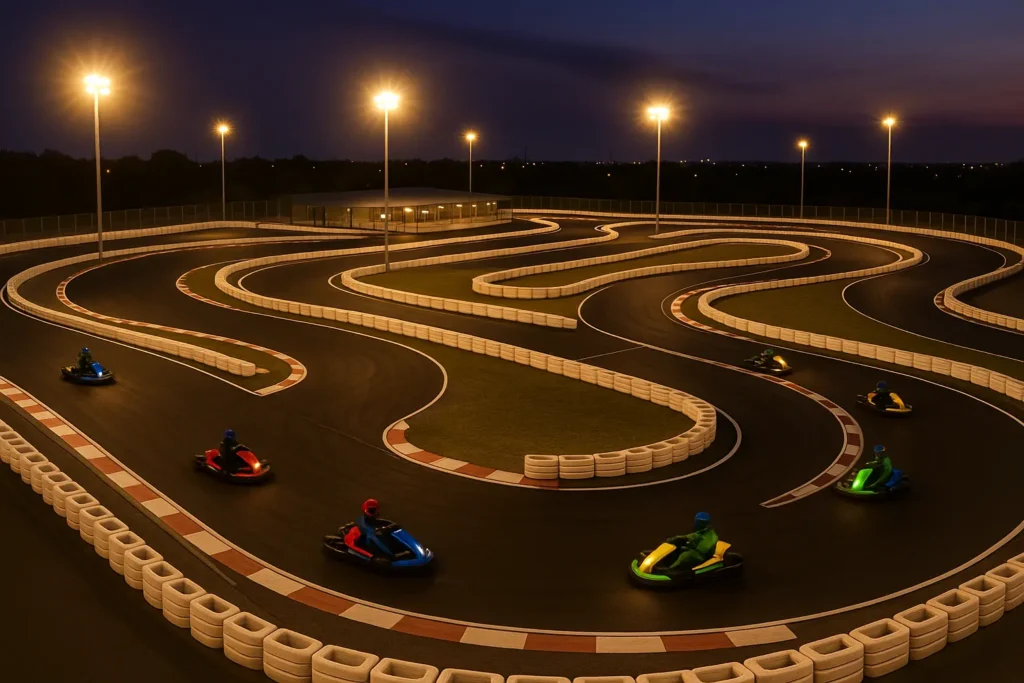Inflatable theme parks, as an emerging form of entertainment, leisure, and children’s activities, are rapidly rising and gaining widespread recognition. The core concept is to create an environment filled with excitement, fun, and creativity, with inflatable structures being the key to achieving this goal. This article explores the applicable areas and business opportunities of inflatable theme parks, with a focus on their entertainment value, educational potential, and entrepreneurial prospects.
Entertainment Value of Inflatable Theme Parks
Family Entertainment
Inflatable theme park offer a unique family entertainment experience. Families can spend quality time together in these park, allowing children to play in an atmosphere filled with laughter and energy. These park typically include inflatable swings, slides, mazes, trampolines, and inflatable castles, which can attract people of different age groups.
Birthday Parties and Celebrations
Inflatable theme park have also become popular venues for hosting birthday parties and celebrations. Parents can rent these facilities to create memorable birthday experiences for their children. This form of entertainment not only provides enjoyment but also relieves parents of the stress, as inflatable structures are usually installed and maintained by professionals.
Team Building and Corporate Events
Businesses and teams have discovered that inflatable theme park are ideal venues for organizing team building and corporate events. These parks offer an innovative way for employees to build connections, improve collaboration, and stimulate creative thinking. Team-building activities become more enjoyable and memorable when conducted in inflatable theme parks.
Educational Potential of Inflatable Theme Parks
Science and Cultural Education
Inflatable theme parks are not just entertainment venues; they also hold educational value. Many parks incorporate educational elements into their facilities, such as simulating dinosaur parks, space exploration areas, and historical-themed zones. Such settings can inspire children’s interest in science, history, and culture, promoting their learning.
Sports and Health
Inflatable parks provide opportunities for exercise and sports activities, contributing to the improved health of children and adults. Activities like jumping, running, and climbing can strengthen muscles, enhance cardiovascular health, and help with weight control. These parks also offer a positive health and fitness venue for families and communities.
Business Opportunities in Inflatable Theme Parks
Manufacturing and Selling Inflatable Structures
Manufacturing and selling inflatable structures represent a potential business opportunity. Advancements in inflatable structure manufacturing technology have made production costs relatively low, while ensuring quality and safety. Businesses can specialize in producing inflatable slides, castles, mazes, and other facilities, then sell them to park operators.
Inflatable Theme Park Management
Managing inflatable theme parks is also an attractive business opportunity. This involves site selection, equipment rental, operation, and maintenance. Operators can offer various services, including equipment rental, birthday party packages, and team-building solutions, to attract different types of customers.
Establishing Inflatable Theme Parks
Entrepreneurs with a vision can consider starting their own inflatable theme park. This requires some capital investment and market research, but if done correctly, it can become a long-term profitable venture. Founders can choose different themes and equipment to appeal to a variety of customers.
Brand Collaborations and Promotion
Collaborating with relevant brands and associating inflatable theme park with other entertainment or educational products is another business opportunity. This may include partnerships with movies, animated characters, or cartoons to attract more visitors. Additionally, effective marketing and promotion can expand the recognition of inflatable theme parks and draw more customers.
Conclusion
Inflatable theme parks offer not only a novel venue for entertainment but also a wide range of educational potential. They have attracted families, teams, and businesses, providing abundant business opportunities for entrepreneurs. As the concept continues to expand and evolve, inflatable theme parks are likely to see even greater growth and innovation in the years to come.




